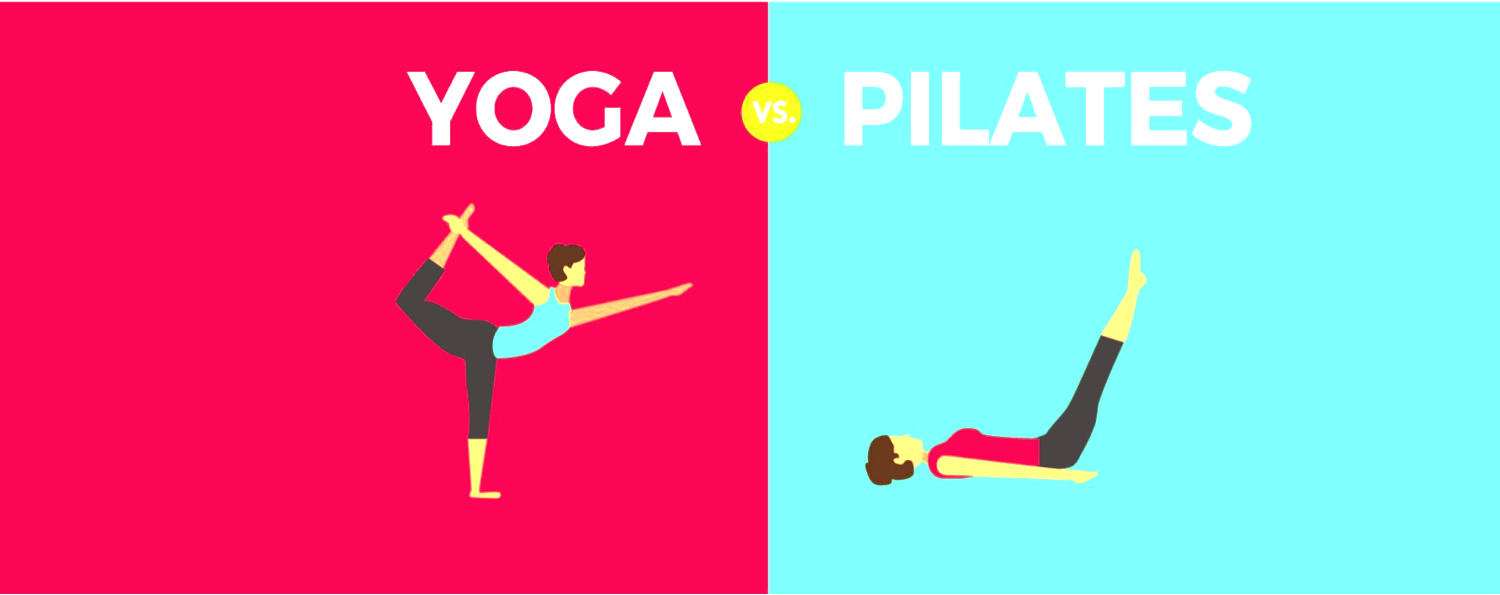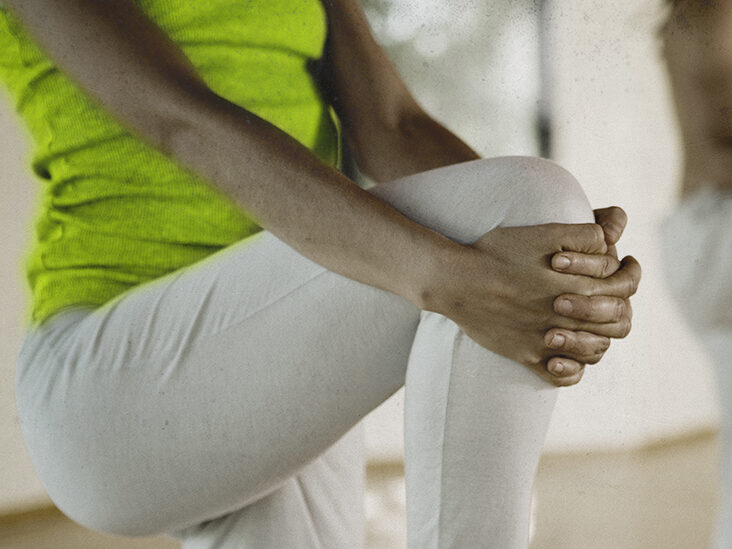
Exercises For IBS
Moving your body is essential to health and well-being, and research has shown that it can also be effective in relieving irritable bowel syndrome (IBS) symptoms. It is important to avoid certain activities and choose the correct exercises if you suffer from IBS.
Yoga poses for IBS
Regular yoga can be extremely beneficial for those with IBS. It focuses on connecting your brain and your body through a series of poses that focus on breath control and relaxation. Regular yoga has been shown to reduce pain and bloating that are associated with IBS.
Yoga comes in many forms and can be beneficial to the body. The side bends, twists, and other poses stimulate the digestive systems and increase the blood flow into the intestines. This helps to reduce constipation as it increases peristalsis. Peristalsis is a wave-like movement that pushes stool down.
Hatha yoga has a wide range of poses. Some postures will be more restorative for you than others. However, it is important that you do a wide range of them to receive the maximum benefit.

Yin is another great option for IBS patients. This yoga promotes balance and has more restorative positions. This type of yoga is great for calming the mind, relieving pain, and reducing bloating.
Ashtanga and Bikram Yoga are also forms of yoga which can help IBS sufferers. These two types of yoga are gentle and use breathing to concentrate on movement.
Diaphragmatic respiration is a popular method of breathing that can be used to treat IBS. It promotes calmness and relaxation. This breathing method can also reduce your stress levels. It may be useful if your IBS is causing you anxiety, as it will improve your ability.
Bow pose can be a very effective posture in yoga for IBS. By stimulating the abdominal muscles it increases their strength, which is helpful for relieving constipation. The Bow Pose also relaxes the body by lowering your spine to the ground and relieving neck and shoulder tension.
The Gate Pose is another yoga pose that helps to calm the digestive system. It can reduce IBS-related symptoms, such as diarrhea, bloating and gas. This pose increases blood circulation to the small intestines, liver, gallbladder, and pancreas.

Kneel on the ground and place both hands in front. Stretch your hips and lift your legs up off the ground while bending your knees forward.
This pose, which can be performed either with or sans support, is excellent for improving digestion and relieving IBS. It can also be a helpful position for those who suffer from dizziness and other nervous system disorders such as anxiety or insomnia.
Listen to your body, and make adjustments to your workouts based on what it says. You may choose to exercise in a way that is ultra-calming during flare-ups, and a more intense form of activity when you are experiencing remission. This will help you stay active and give you the chance to test out which exercises are most effective for you.
FAQ
Can I join classes with others?
It all depends on what class you are in. Private lessons may be offered only by some teachers. Others offer classes for students who want to meet others in the class.
Some studios offer small classes called "classes in a class," which allows you to meet people with similar interests.
How does yoga change your body?
Yoga is a great way to relax and stretch. Yoga makes you feel good. This is because yoga increases flexibility, strength and decreases stress. This results in better sleep, increased concentration, and more energy.
Yoga improves blood flow and makes it less likely that you will get the flu. This is because breathing deeply during yoga increases the amount of oxygen reaching your brain.
Yoga relieves tension, pain, and helps with stress. The postures can strengthen the muscles and joints as well as improve posture.
Therefore, you should practice yoga regularly to keep yourself healthy and happy.
How long does a pro yoga teacher take?
It depends on the kind of yoga. Some styles are slower than others. You can expect to improve even if your skills are still developing.
The more you practice, the better you'll become. After a few weeks of consistent practice, you will notice improvements.
Is yoga associated with side effects?
Yoga has risks like any other form of physical activity. Injury is the main danger. It is important to know how to safely perform each pose.
You might feel dizzy or faint if you are new to yoga.
This is caused by blood pooling in your brain. You don't have to worry about this, as it will go away quickly.
Do you feel chest pains when doing downward-facing dog? Don't hold the breath. It will only make the situation worse and increase your heart rate.
What has research shown about yoga for wellbeing?
Yoga has been proven effective at improving mental health, reducing stress, and promoting overall well-being. It is also a great way to lose weight and maintain a healthy BMI (body mass index).
Yoga can help reduce blood pressure, improve cardiovascular function and enhance immune system functioning.
These are just a handful of benefits to yoga.
The list goes on and on!
What types of yoga do you have?
Bikram Yoga, also known as Bikram heated yoga, is the most common type of yoga. Other forms include Hatha, Ashtanga, Vinyasa, Iyengar, Kundalini, Yin, Power Yoga, Flow Yoga, Reiki, Pilates, Restorative, Aerial, etc.
Is yoga helpful for people with chronic diseases?
Yoga may help people with chronic illnesses such as diabetes and heart disease by improving overall fitness, reducing stress, and increasing flexibility.
Yoga can help many other conditions including arthritis, cancer, depression and fibromyalgia.
Statistics
- According to the Agency for Healthcare Research and Quality, falls are incredibly common among older adults in nursing facilities. Even the simplest ones can increase the risk of death (24). (healthline.com)
- A 2020 review of 27 studies (1,805 total participants) of yoga interventions in children or adolescents found reductions in anxiety or depression in 70 percent of the studies, with more promising results for anxiety. (nccih.nih.gov)
- According to calorie estimates calculated at Harvard Medical School, the average 125-pound person burns about 120 calories in a half hour of hatha yoga, and a 185-pound person burns about 178 calories in that half hour. (everydayhealth.com)
- In comparison, a 125-pound person is estimated to burn 135 calories in 30 minutes of walking (at a pace of 15-minute miles) and 210 calories bicycling at a moderate pace on a stationary bike. (everydayhealth.com)
- The American Psychological Association recently shared that 84% of American adults feel the impact of prolonged stress (5). (healthline.com)
External Links
How To
What is your ideal position for practicing yoga?
There's no right or wrong way to practice yoga. Everybody is unique. The most important thing is to feel at ease in the positions you choose.
Here are some common postures:
Standing poses – These poses are good for beginners. They allow you to look at your body from different angles. They allow you to focus more on your breathing.
Forward bends- Forward bends can often be used to release tight areas. Try them while sitting or lying down.
Backbends - Backbends are generally considered advanced poses. Ask your instructor for advice if you're interested in trying it.
Inversions: Inversions are poses where you balance on your side. This type of yoga is challenging, but it can be rewarding.